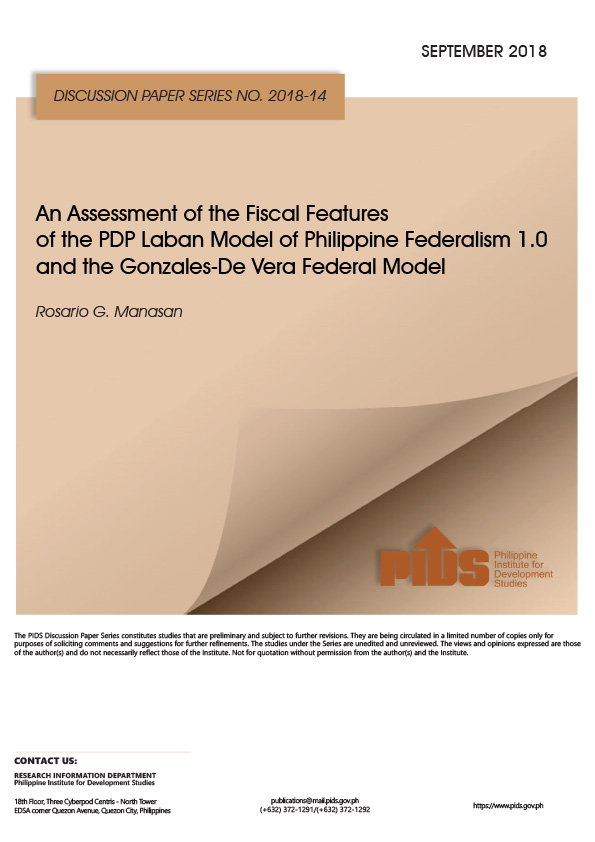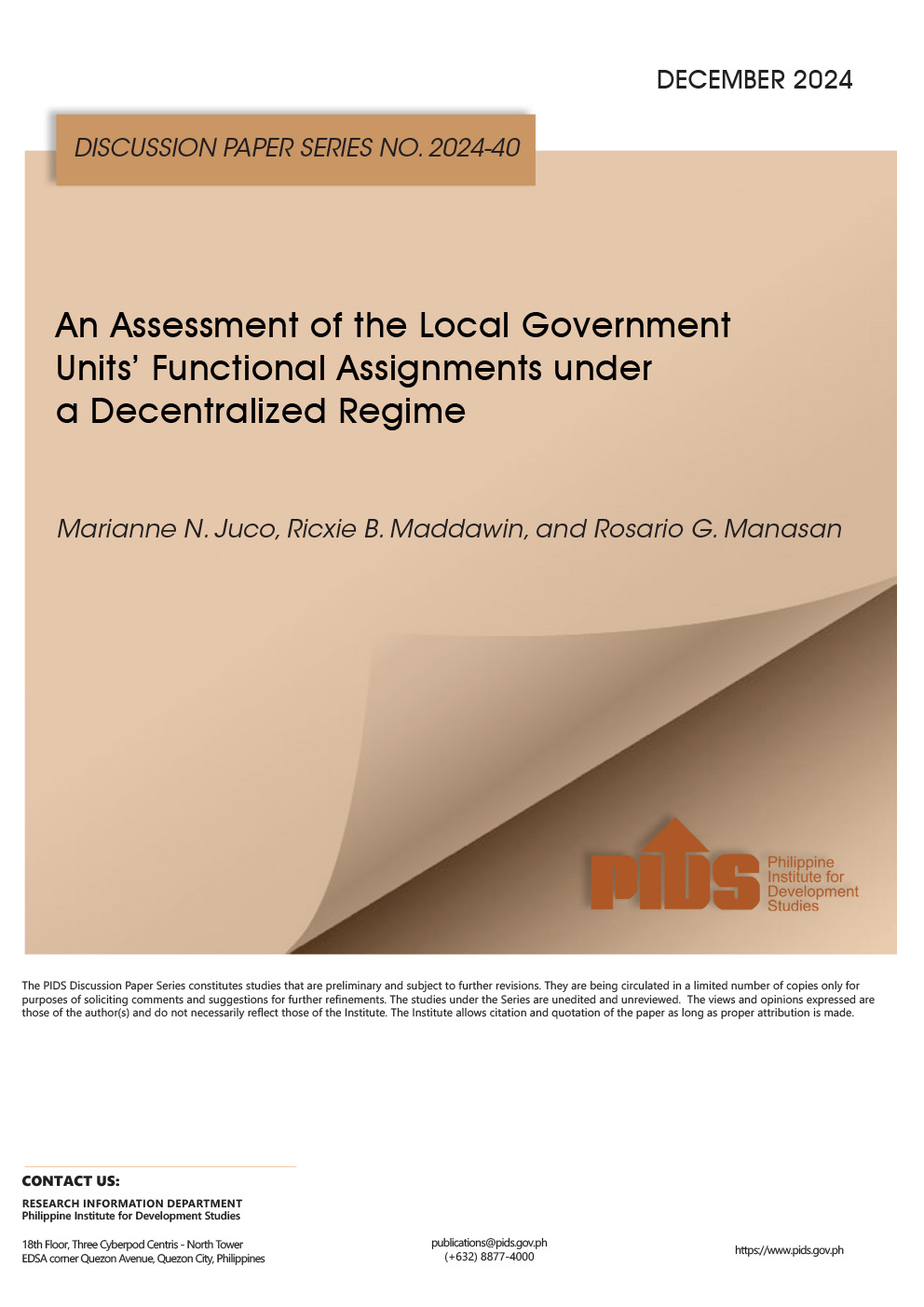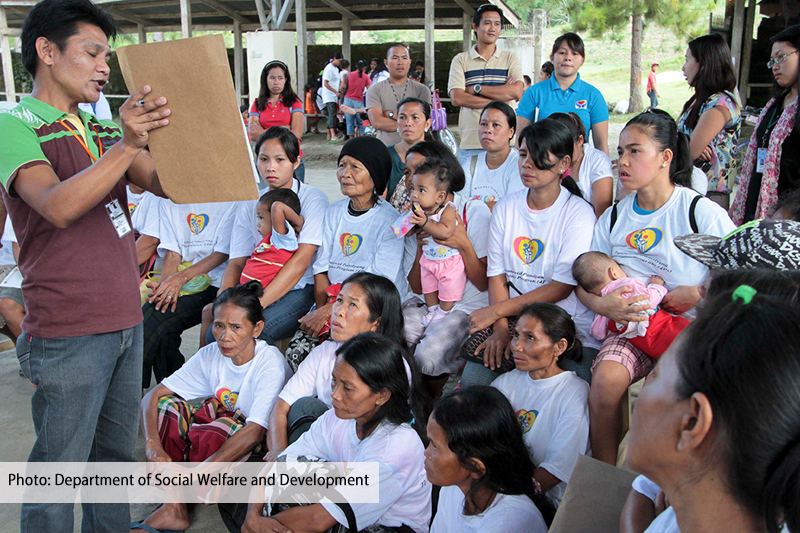The drums of federalism are beating more loudly and incessantly than ever. In fact, the timetable has been set — the resolution calling for a joint House-Senate session will be enacted in November, 2017, and the Constituent Assembly convened in the first quarter of 2018. In the meantime, a 25-member Consultative Committee is reportedly working double-time to flesh out a federal system to submit to the Constituent Assembly.
A federal system has almost a hypnotic appeal to aspiring talented Filipinos born and raised feeling entrapped under an “Imperial Manila.” The alienation barometer rises as the proximity to Manila goes farther south. We see it highest in Mindanao — a reflection of their sense of Manila’s neglect, almost disdain, of their plight.
The grievance is largely legitimate, measured by true social and economic matrices. Based on the 2015 Family Income and Expenditure Survey (FIES), families in Metro Manila earned the highest average annual income in the country at P425,000. This is much higher than what families earned in Mindanao — P190,000 in the Zamboanga Peninsula (IX); P221,000 in Northern Mindanao (X); P247,000 in the Davao Region (XI); P188,000 in SOCCSKSARGEN (XII); P198,000 in Caraga (XIII); and P139,000 in the Autonomous Region in Muslim Mindanao (ARMM).
All regions in Mindanao, except for the Davao Region, are in the top 5 poorest regions in the Philippines — each registering a poverty incidence above 39 percent, which is much higher than the 2015 national average of 26.3 percent.
The inequality is due, among other reasons, to the unfunded mandates devolved to local government units (LGUs), and the Internal Revenue Allotment (IRA) they receive. After the enactment of the 1991 Local Government Code, several of the functions shouldered by the national government were pushed to LGUs without the necessary appropriations
A 2005 study by Dr. Rosario Manasan found that there was a mismatch between the resources transferred and the actual cost of the additional responsibilities pushed to the LGUs. While provinces were entitled to receive 23 percent of all internal revenue allotment (IRA), they absorbed up to 37 percent of the costs from the devolved functions between 1995 and 2000. Other LGUs — namely municipalities and barangays — similarly received inadequate funds for their mandates.
It appears, according to Dr. Manasan’s study, only cities were able to receive adequate funding. They accounted for only 6 percent of the costs, but were entitled to 23 percent of the IRA
Against this backdrop of inequity, the autonomy a federal state offers becomes genuinely appealing. The regions under the system will decide what projects they pursue, which priorities they’ll follow, or where they’ll invest their resources. In other words, they become masters of their own destiny.
There are contrary arguments however against federalism, but we shall set them aside for the moment.
The hard part is we must build the supporting institutions of a federal state — a state education system, a state health system, a civil service, a state militia. And on top of the bureaucracy, a governance hierarchy: a state governor, a cabinet and an assembly.
A huge initial national outlay will be needed for the start-up. A Constituent Assembly for charter change will already cost an estimated P2 billion, while a Constitutional Convention, up to P7 billion. The more onerous cost will be the massive amounts of resources needed to sustain and maintain each federal state. The number of states to be constituted are reportedly 18.
There’s scant public information about the federal system and its consequential costs. Government must mobilize its information assets to inform and enlighten. It must engage the mass media and harness the reach of social media. The shift may be a turning point for the country: to propel peace and prosperity or to the breakup of the republic.
A federal system has almost a hypnotic appeal to aspiring talented Filipinos born and raised feeling entrapped under an “Imperial Manila.” The alienation barometer rises as the proximity to Manila goes farther south. We see it highest in Mindanao — a reflection of their sense of Manila’s neglect, almost disdain, of their plight.
The grievance is largely legitimate, measured by true social and economic matrices. Based on the 2015 Family Income and Expenditure Survey (FIES), families in Metro Manila earned the highest average annual income in the country at P425,000. This is much higher than what families earned in Mindanao — P190,000 in the Zamboanga Peninsula (IX); P221,000 in Northern Mindanao (X); P247,000 in the Davao Region (XI); P188,000 in SOCCSKSARGEN (XII); P198,000 in Caraga (XIII); and P139,000 in the Autonomous Region in Muslim Mindanao (ARMM).
All regions in Mindanao, except for the Davao Region, are in the top 5 poorest regions in the Philippines — each registering a poverty incidence above 39 percent, which is much higher than the 2015 national average of 26.3 percent.
The inequality is due, among other reasons, to the unfunded mandates devolved to local government units (LGUs), and the Internal Revenue Allotment (IRA) they receive. After the enactment of the 1991 Local Government Code, several of the functions shouldered by the national government were pushed to LGUs without the necessary appropriations
A 2005 study by Dr. Rosario Manasan found that there was a mismatch between the resources transferred and the actual cost of the additional responsibilities pushed to the LGUs. While provinces were entitled to receive 23 percent of all internal revenue allotment (IRA), they absorbed up to 37 percent of the costs from the devolved functions between 1995 and 2000. Other LGUs — namely municipalities and barangays — similarly received inadequate funds for their mandates.
It appears, according to Dr. Manasan’s study, only cities were able to receive adequate funding. They accounted for only 6 percent of the costs, but were entitled to 23 percent of the IRA
Against this backdrop of inequity, the autonomy a federal state offers becomes genuinely appealing. The regions under the system will decide what projects they pursue, which priorities they’ll follow, or where they’ll invest their resources. In other words, they become masters of their own destiny.
There are contrary arguments however against federalism, but we shall set them aside for the moment.
The hard part is we must build the supporting institutions of a federal state — a state education system, a state health system, a civil service, a state militia. And on top of the bureaucracy, a governance hierarchy: a state governor, a cabinet and an assembly.
A huge initial national outlay will be needed for the start-up. A Constituent Assembly for charter change will already cost an estimated P2 billion, while a Constitutional Convention, up to P7 billion. The more onerous cost will be the massive amounts of resources needed to sustain and maintain each federal state. The number of states to be constituted are reportedly 18.
There’s scant public information about the federal system and its consequential costs. Government must mobilize its information assets to inform and enlighten. It must engage the mass media and harness the reach of social media. The shift may be a turning point for the country: to propel peace and prosperity or to the breakup of the republic.












